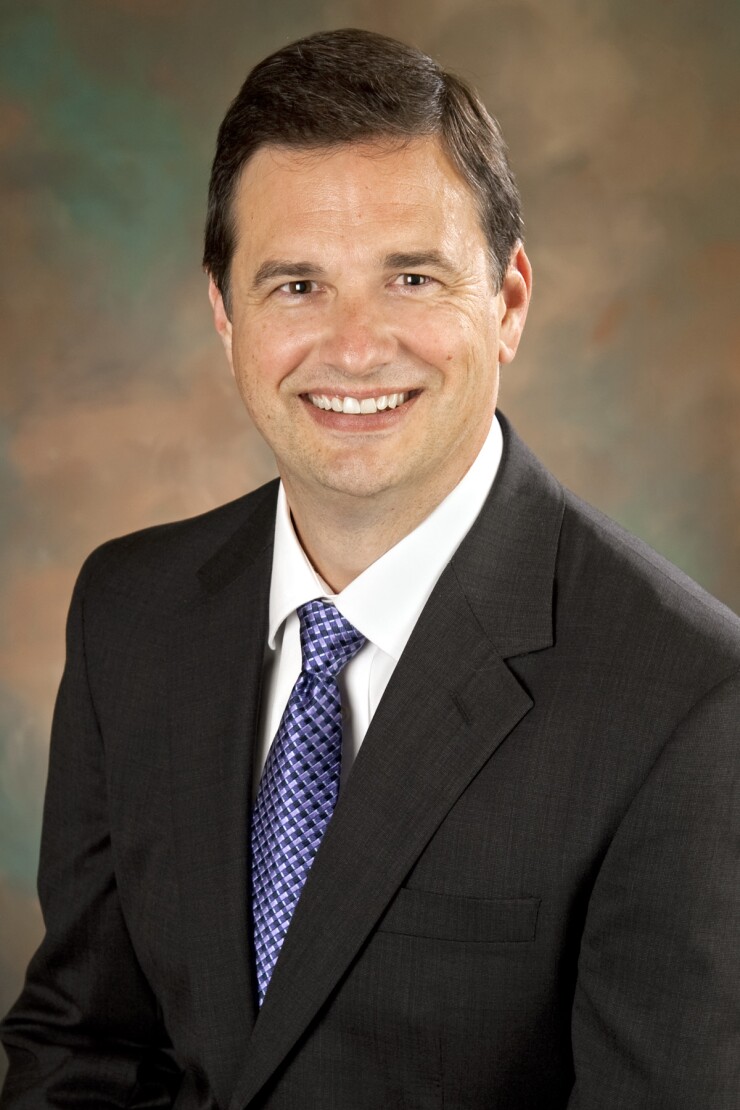Credit unions that have already taken advantage of the new member business lending rules say the less restrictive regulation definitely provides some real growth opportunities—but it also puts even greater responsibility on credit unions to know their stuff.
“It shifts the onus to manage portfolio risks onto the credit union, which is good,” said Ron Felder, EVP and chief lending officer for $3.4 billion Redwood Credit Union, Santa Rosa, Calif. “There are areas that used to require a waiver that no longer apply. Not requiring a personal guarantee has allowed for some growth. Certainly there is a lot of relief for smaller credit unions and will allow them to get into member business lending, but that remains to be seen.”
But with that flexibility, Felder said, CUs need to monitor their portfolios carefully and have the appropriate documentation for examiners.
“Directors need to examine the portfolios for risk,” he added. “Managing risk is very important. Just because NCUA says you do not need a waiver, you still need to manage risk. We did not change policy of requiring a personal guarantee, but we have the flexibility to make an individual decision.”

Restrictions removed, extra caution advised
Brandon Riechers, EVP and chief lending officer at the $2.1 billion Royal Credit union in Eau Claire, Wis., agreed. “One of the rule changes lists requirements of the skill level of the staff, but prudent policymaking will dictate the need for experience,” Riechers said. “The best way to grow is to have an experienced staff, either building out of an existing program or building a new program. The new rule applies a principles-based methodology, not prescriptive, which we have always been big fans of. We appreciate the new methodology.”
Moreover, just because now you can do something doesn’t always mean you should, he said, noting that there are a number of different loan programs CUs now can get into, but they have to know which ones provide opportunity and which carry risk.
“You have to know your local area, local businesses and local economy. Avoid getting into business loans across the country or even across the state. Even though the new rules might allow participations in areas outside your service area, to make the most prudent underwriting it is best to stay in the area you know and understand.”
Riechers noted many restrictions were removed from construction and development lending, but he recommended extra caution as, “Those types of loans offer a whole new layer of risk, and expertise and experience is needed especially.”
“Just because the rule opens some things up, it is not the time to jump in with both feet,” Riechers advised.
Pat Blaine, vice president of loan administration for $1.9 billion OneAZ Credit Union in Phoenix, said the new definition of commercial loan puts CUs on par with community and regional banks. “Removing participations from the MBL cap is a big help,” Blaine said. “It opens up more participation lending possibilities. The removal of the maximum unsecured limit of $100,000 opens up opportunities with lines of credit. If we gave someone a $50,000 corporate credit card and they wanted a $75,000 line of credit, we could not do it.”

Jeff Barnes, vice president of commercial lending for $4.3 billion Bellco Credit Union, Greenwood Village, Colo., said the eased restrictions on participations may be the biggest opportunity for CUs to mine. “About four or five years ago we were up against the [statutory 12.25%] cap and had to sell some of our loans. But the credit unions that were buying had to worry about their cap.”
Barnes said if CUs are in a market that is “not robust” for business lending, they can go the participation route. “If you are in the middle of Wyoming and there is no opportunity for commercial lending, you can get involved in opportunities in Denver or San Diego. They can lean on our expertise in underwriting. The new participation rule allows credit unions to spread some risk and earn some money,” Barnes added.
Joel Pruis, senior director for Cornerstone Advisors, Scottsdale, Ariz., pointed to the exclusion of one-to-four unit, non-owner occupied mortgages from the MBL definition. “This one is relatively tame but still represents an opportunity for credit unions to avoid having to use their cap space for these loans,” he said.

Set your own limits
Additionally, CUs now can establish their own limits for unsecured loans, which he said opens up a “great opportunity” in the small business space. “This an area in which I think credit unions can do a great job,” Pruis asserted. “It works well with the typical member base of a credit union. The reason being, most small business lending programs that are successful do not spend the time to establish collateral coverage for loan-to-value. Of course, when there is an equipment purchase or a real estate mortgage there is time spent establishing an appropriate LTV, but when extending credit in the form of a small business line of credit, the old rule put credit unions at a disadvantage.”
It comes back to being both a great opportunity, but also a “great need for specific expertise,” Pruis said, adding he foresees CUs being able to do “dirt-to-deed” lending with subdivisions, builder loans and other loan types, he warned these represent a bigger risk if these are not managed properly.
“Hopefully, credit unions learn from what the banks went through and do not repeat the same mistakes – or pick up the lenders that got the banks into trouble. I see C & D lending as something more long term, as it take a greater investment and patience to enter that market.”





